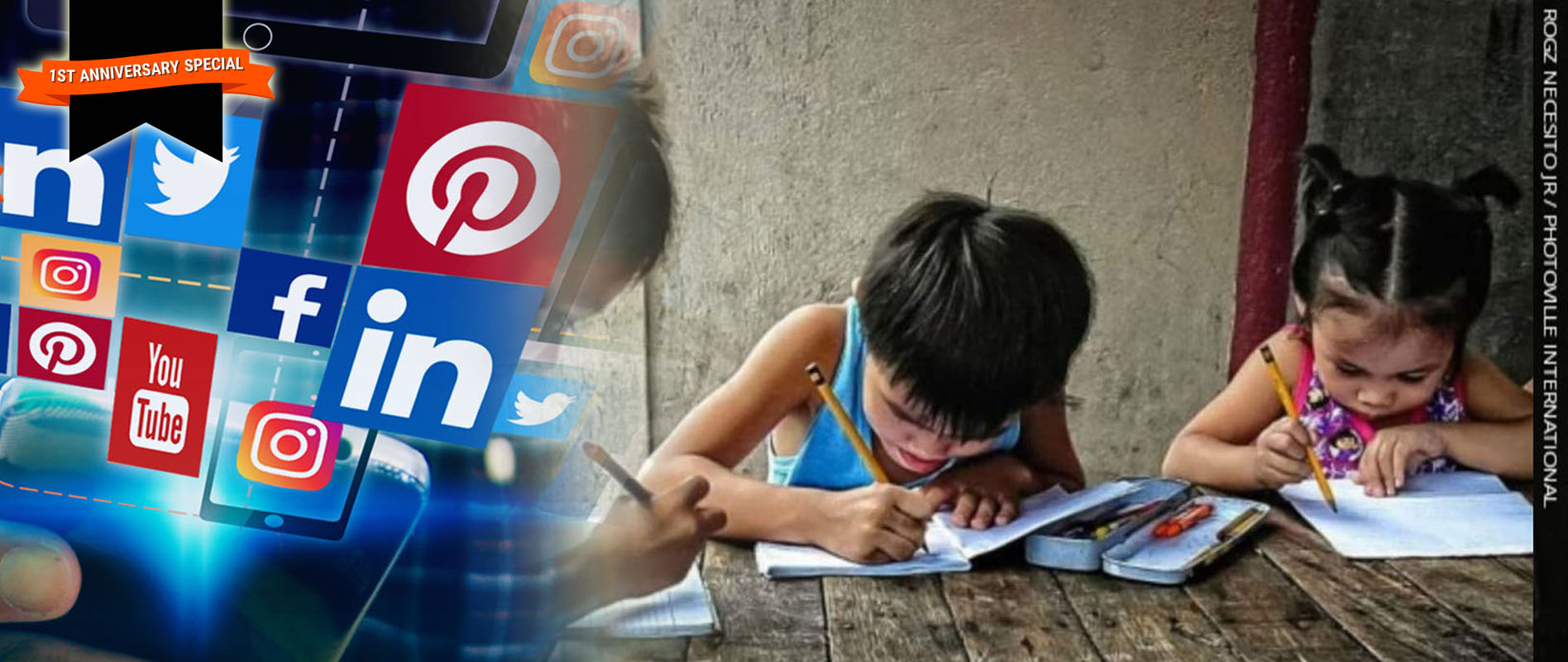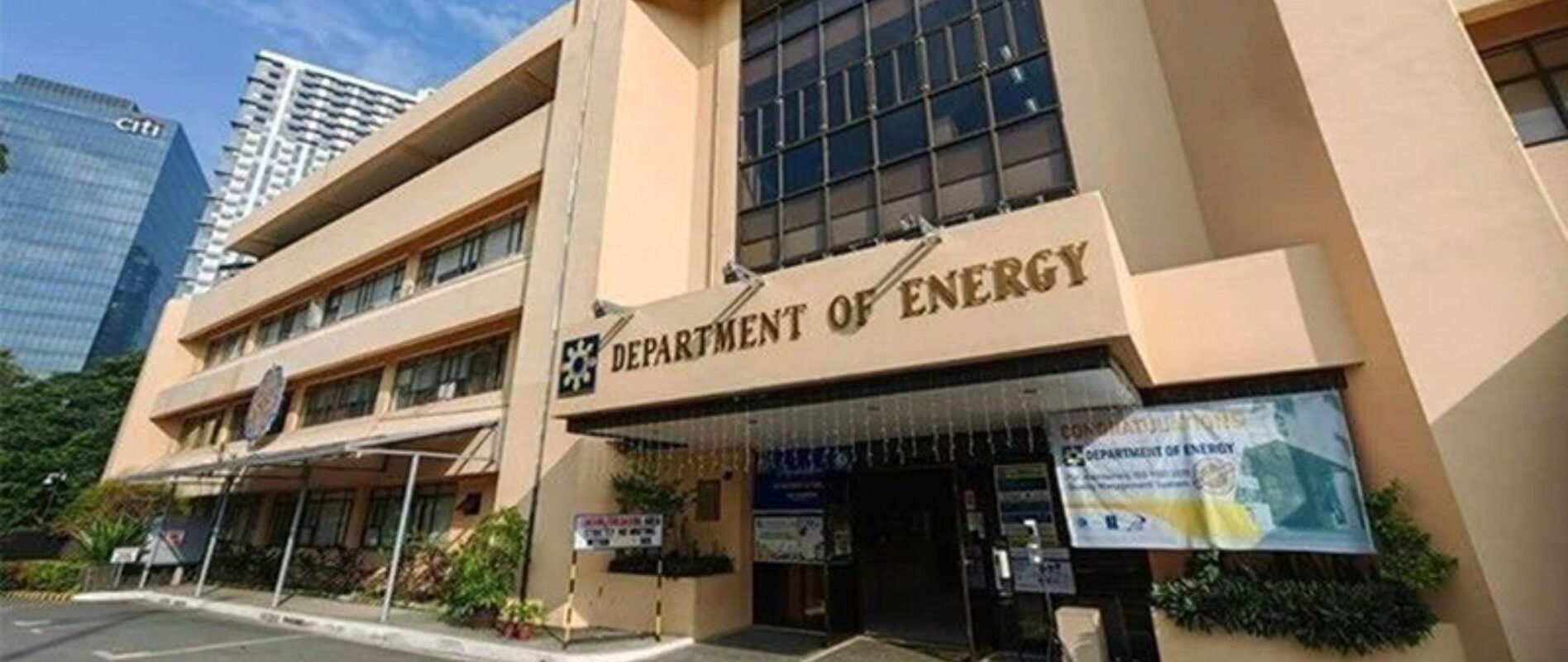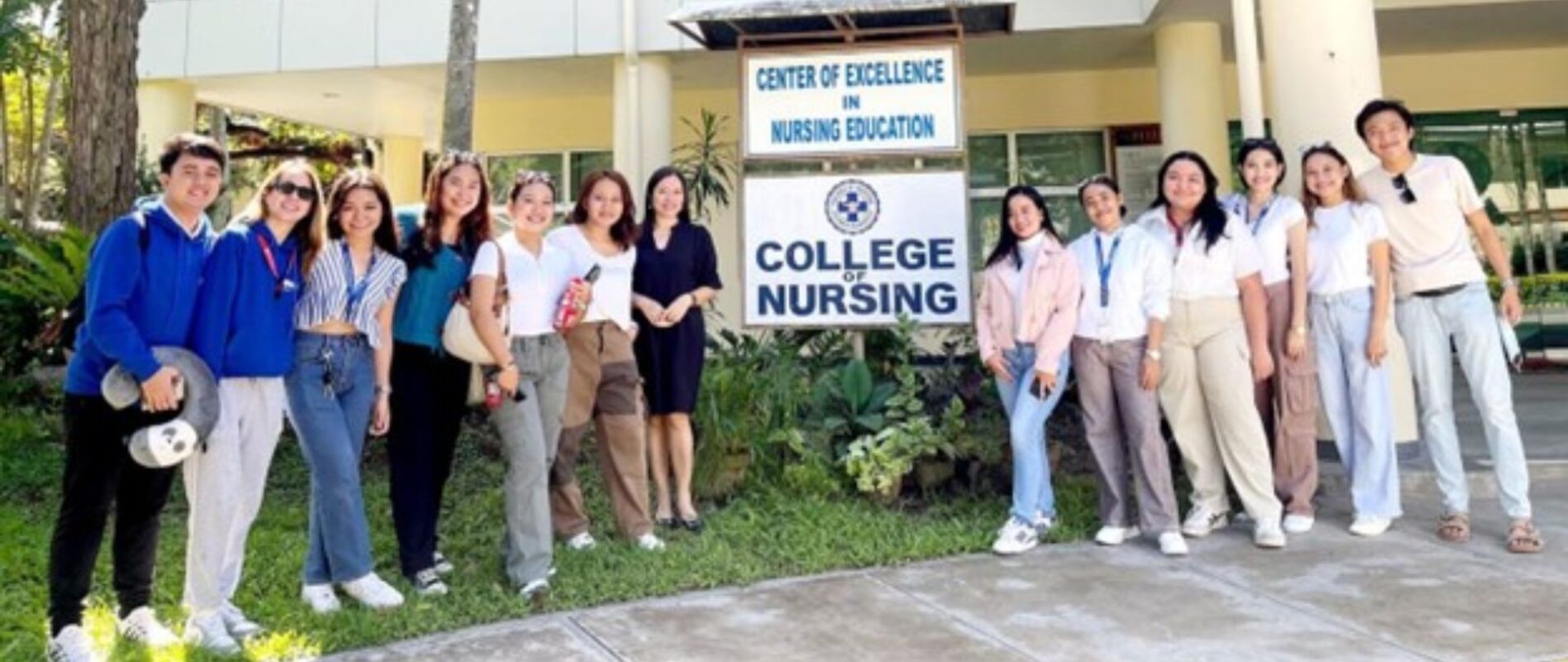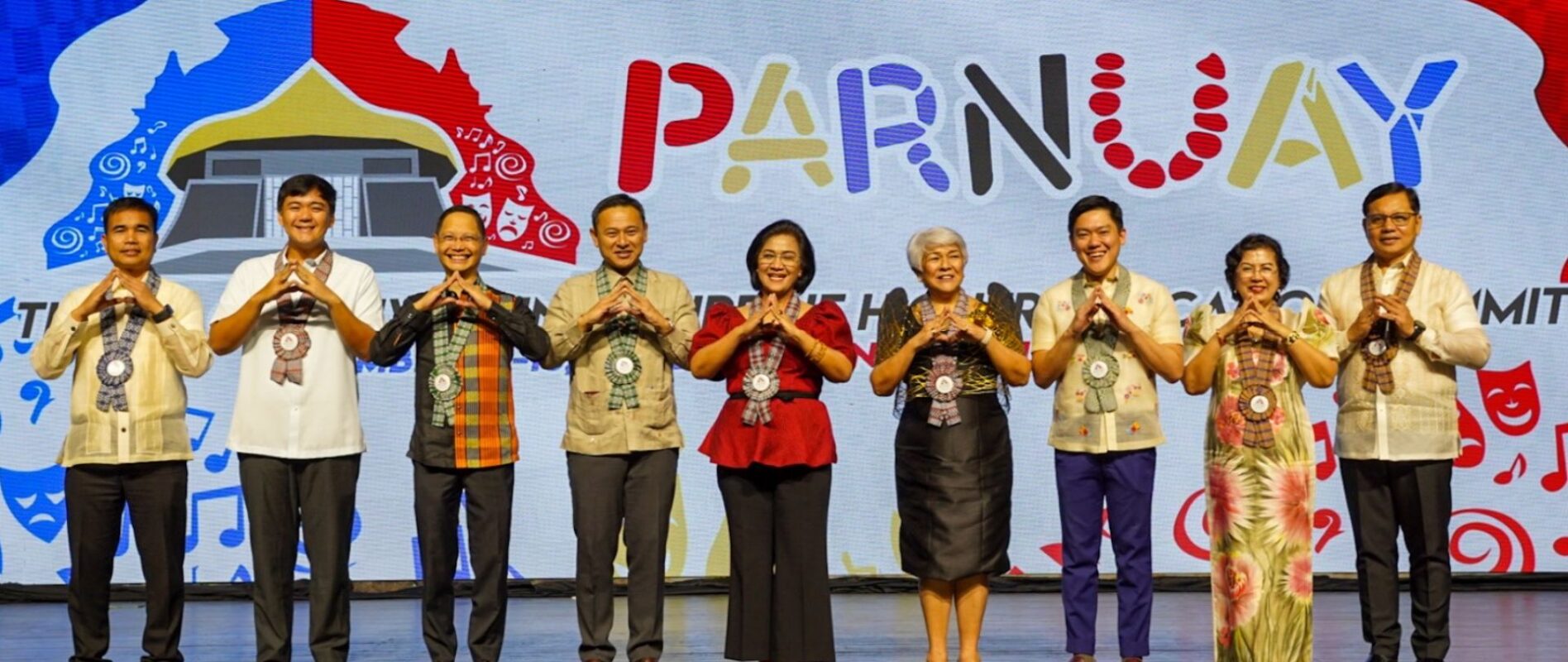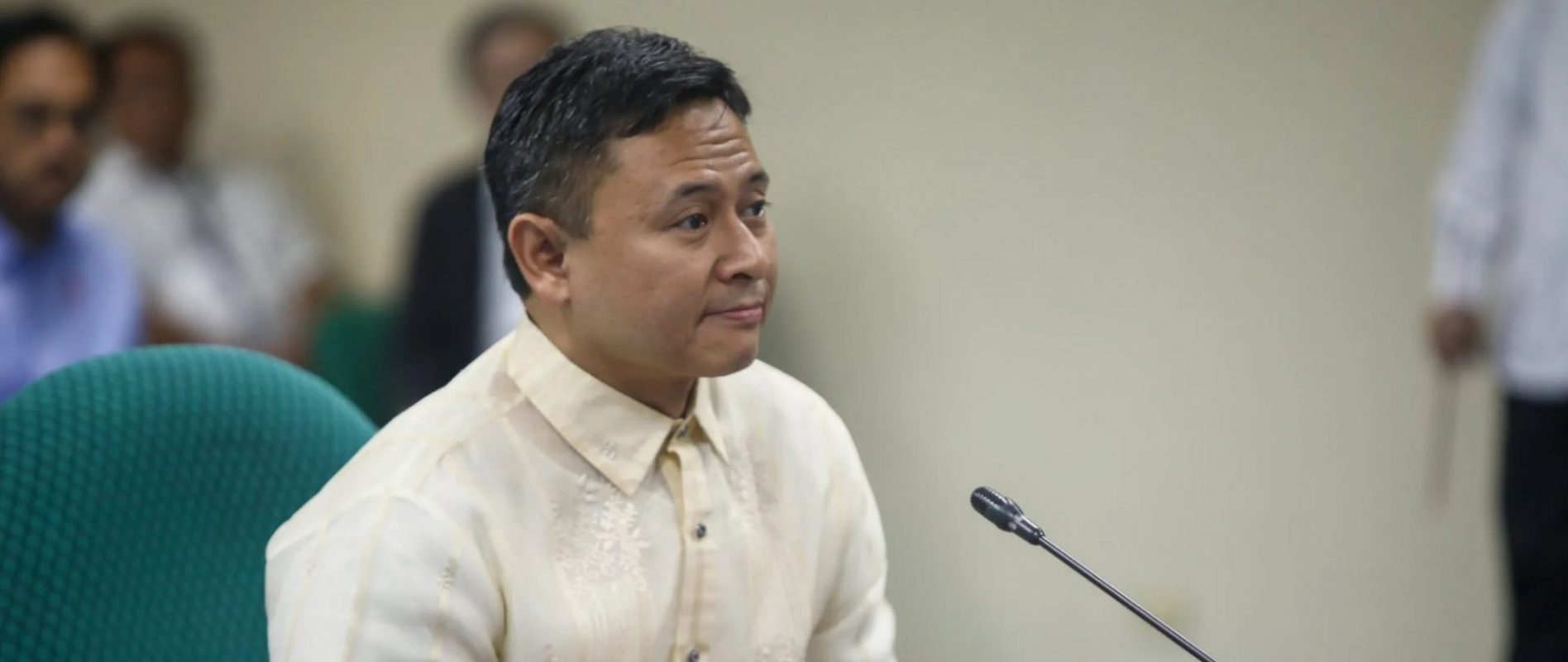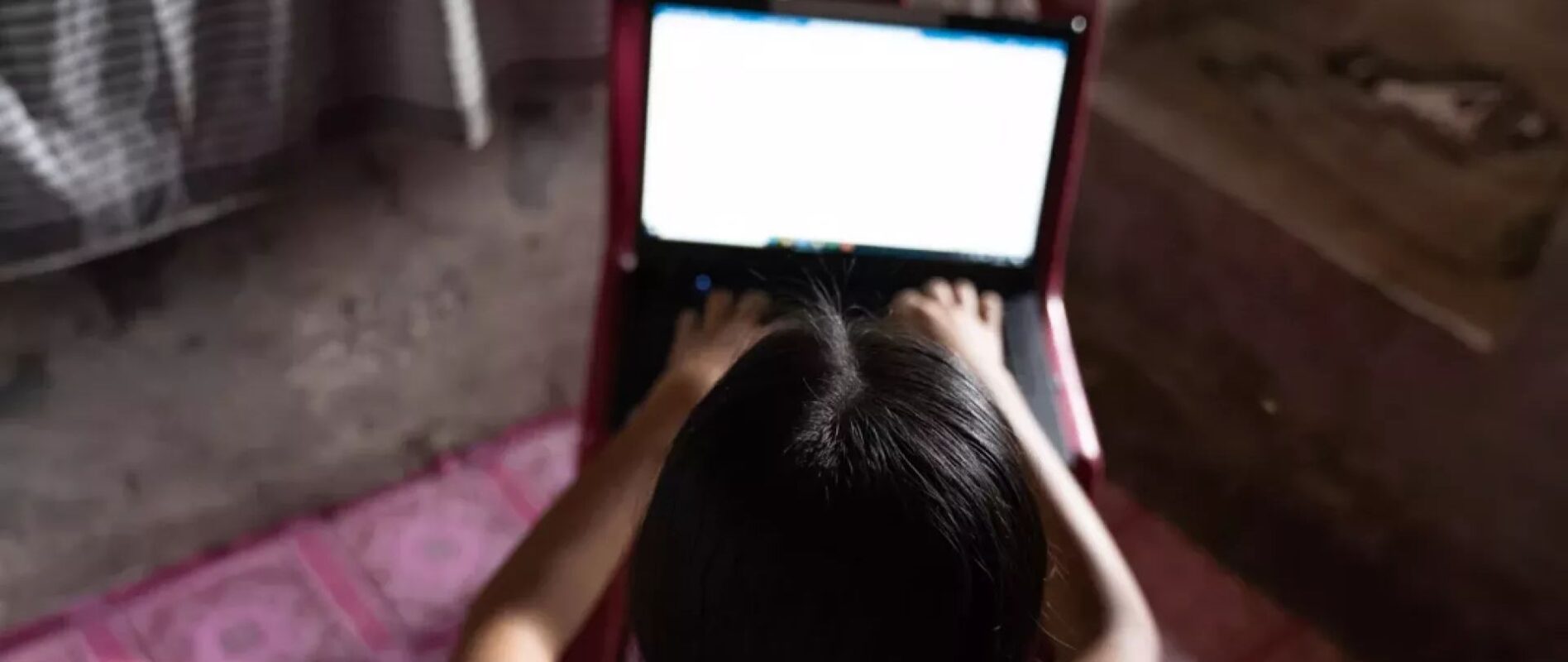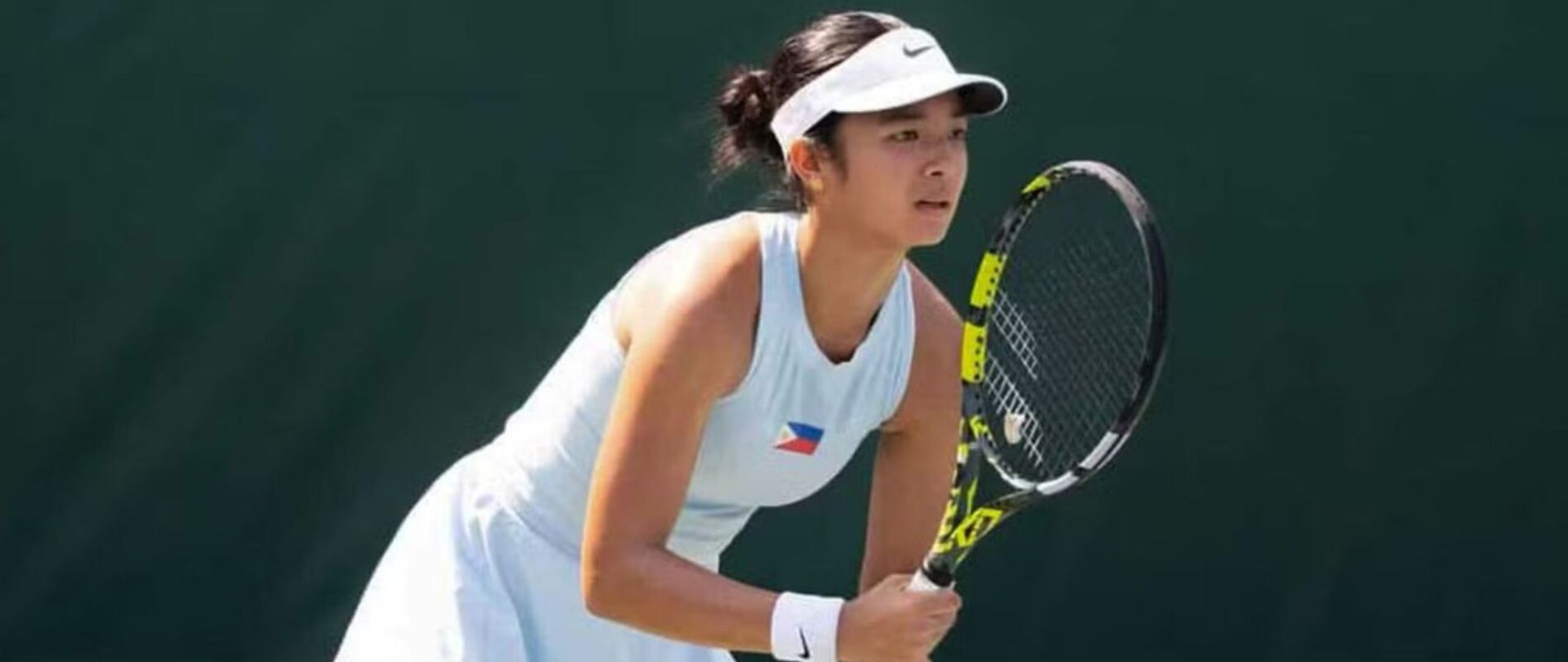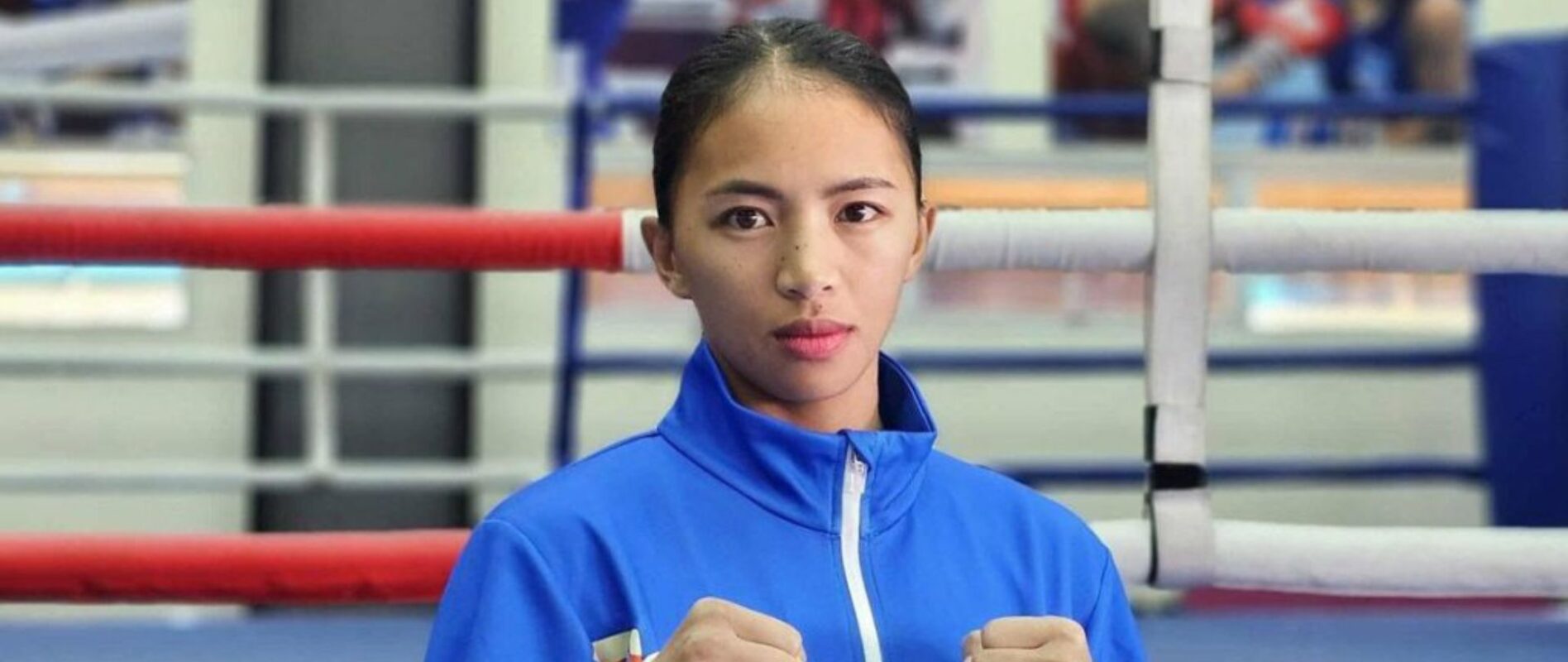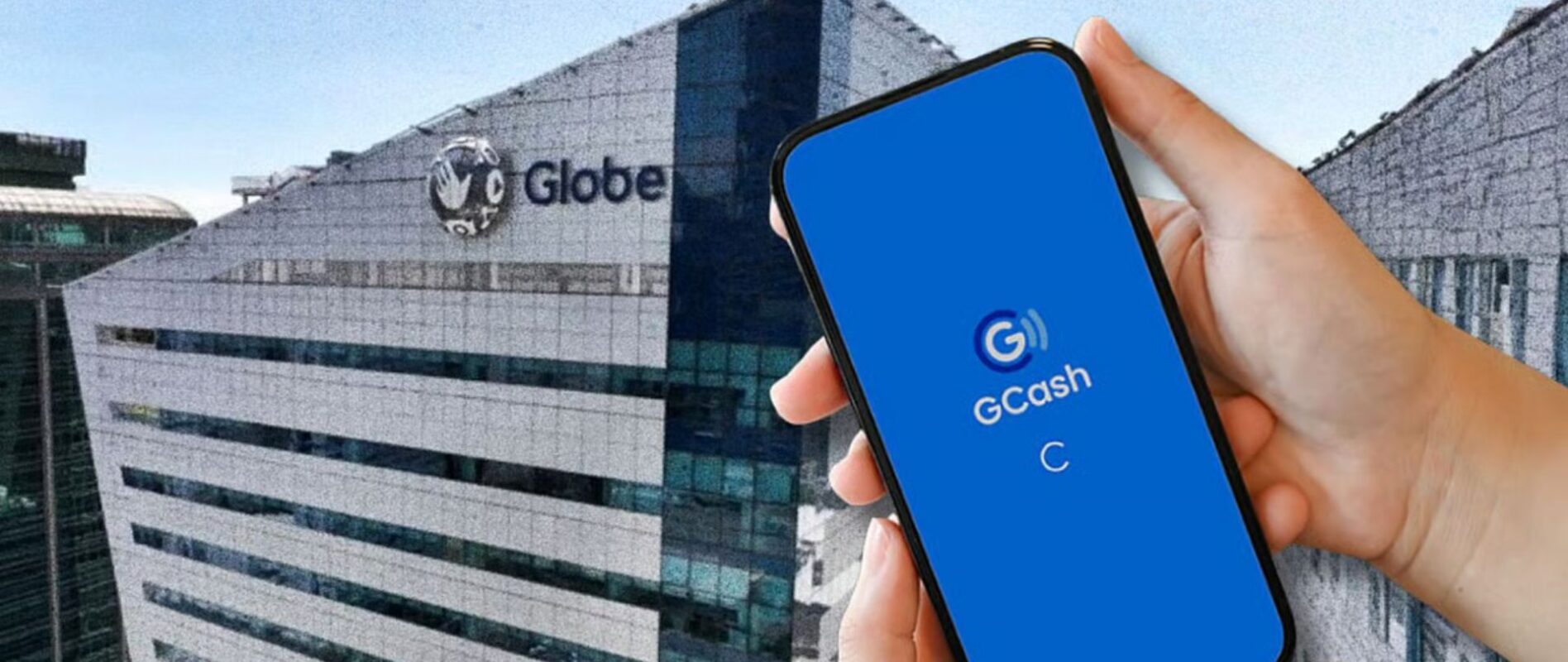THE ROLE OF SOCIAL MEDIA IN DISTANCE LEARNING
THE MOST unusual and stressful school year officially came to a close this month. Across the world, the pandemic disrupted education for a generation of young people, and students, teachers, and parents turned to digital technologies to fill the gap.
1st Anniversary special report
THE MOST unusual and stressful school year officially came to a close this month. Across the world, the pandemic disrupted education for a generation of young people, and students, teachers, and parents turned to digital technologies to fill the gap.
Blended learning, a mix of synchronous and asynchronous classes, has become the new normal in the education system. This hybrid approach is crucial to ensure that learning remains unhampered amid the pandemic.
While face-to-face classes remain far-fetched, many would agree that the past school year offered a preview of what education will be like as it becomes increasingly digital.
As the country prepares for another school year, we asked educators how social media sites contributed to distance learning.
Staying connected
Lourdes, a grade school teacher in Quezon City, said online communication was key to providing information to students and their parents amid the pandemic.
“People are easier to reach through their social media accounts rather than through their mobile numbers meant for text and calls. Announcements are easily read by parents and faculty members when sent to their social media accounts,” Lourdes told The POST.
“Instead of sending an email back and forth for revisions and other correspondence, it would be easier to send it to their social media account especially when immediate responses are needed,” she added.
Lourdes said social sites also increased interactivity among parents.
“Parents are always on the lookout for something new or something that would help them become better parents. Social media have proved to be the most efficient and easiest way to access information about educational programs,” she explained.
“They get to connect with other parents or adults who are aware of or in the same situation. Learning through vicarious experiences is one of the most helpful ways to reinvent and relearn new things,” she said.
While most private schools had to face closure due to low enrollment, Lourdes said that social platforms helped their school operate.
“Posting new programs on social media gains more publicity than posting them in public places for advertisement. Aside from it being a free place for advertisement, the curated group of individuals will see it based on the algorithm of select social networking sites,” she said.
Empowering Students and Teachers
A study conducted by Cathy Mae Toquero and Karen Joy Talidog entitled “Socio-educational implications of technology use during Covid19: A case study in General Santos City, Philippines” showed that the use of emerging technologies can empower students socially and academically amid the pandemic.
“They can share critical information and give relevant feedback in the virtual world to expedite the process of information exchange especially during the pandemic. The positive effects of emerging technologies can also cater to the emotional and psychological needs to lessen their stress and anxiety due to the home quarantine,” the researchers explained.
They emphasized that social media can increase student engagement in terms of behavioral, affective, and cognitive domains.
“Consequently, the university needs to take into consideration the possibility of using Facebook to supplement the alternative delivery mode for distance education since a greater majority of the students in the Philippines are using Facebook. The use of emerging technologies can also contribute for deep learning,” they said.
“One study confirmed through a metasynthesis that social media such as blogs and wikis for idea generation, problem-solving through discussions, Skype or Google Hangout, Facebook, and even mobile apps, such as WhatsApp can pave the way to establish and co-create knowledge using digital technology,” they added.
Polytechnic University of the Philippines professor Ly Manalo said that social platforms have been a tool in raising awareness on teachers’ struggles since physical protests are still not allowed.
“Kailangang manaig sa soc med ‘yung calls ng mga teachers like allowance atbp. Tapos mapansin din sa soc med ‘yung struggle ng teachers para lang maitawid itong academic year,” Manalo said.
Because students spending more time on Facebook and Twitter, Manalo noted that social networks encourage collaborative learning.
“Ang gandang lunsaran kasi ng soc med sa current events and situations. Being updated sa mga pangyayari sa bansa thru soc med ay maaaring magamit ng teacher as strategy in teaching para mailapit sa estudyante yung lesson,” Manalo said.
“Kung updated ‘yung teacher, at nakaka-relate ang students sa ibinabahagi niya, mas nakakapag-create sila ng communication and ties kahit pa nasa virtual space,” she added.
Promoting Digital Literacy
While cyber threats remain a concern, students can be protected by empowering them to use social media intelligently and responsibly, according to Alden Manrique, a teacher at the Judge Feliciano Belmonte, Sr.
“May oras at araw dapat ng pagkokonsulta o pagtatanong sa teacher. Hindi sa kung anong oras lang magustuhan ng estudyante. Sa ganoon, naituturo pa rin ‘yung disiplina sa pagitan ng pag-aaral at trabaho,” Manrique said.
“Dagdag pa, si teacher din ang dapat may kontrol sa pagbibigay ng mga activies batay sa tamang oras at kaugnayan sa lesson proper,” he added.
Since most interactions with students are done virtually, Manrique said it also provided him the chance to train them on the proper use of technology.
“Nililinaw sa unang araw ng klase ‘yung house rules, at kasama dapat sa orientation ang mga magulang. Halimbawa ‘yung simpleng pagbubukas ng camera kung kinakailangan, pananamit, mga akmang salita para sa pormalidad ng klase,” he said.
Lawmakers have recognized the importance of social media in boosting education and literacy.
In 2019, Senator Grace Poe filed Senate Bill 129 or “Social Media Awareness in Schools and Universities Act of 2019” that seeks to make social media awareness part of the curriculum in primary and secondary education.
Poe noted how students are free to actively tweet, post, comment, and like on social media, so schools should play a key role in ensuring that students engage in the digital community responsibly and productively.
Senator Ramon Revilla also filed a bill is that aims to integrate media and information literacy in the Basic Education Curriculum.
Revilla’s Senate Bill 1593 aims to equip young students with the necessary skills to properly navigate the vast universe of social media and digital landscape.
On the other hand, Camarines Sur 2nd District Rep. Luis Raymund Villafuerte filed House Bill 4648 or “Social Media Awareness in Schools and Universities Act” which urges schools to teach the importance of responsible use of social sites.
Manrique said the current learning modes might press lawmakers and educational agencies to support and prioritize these measures.
“Makatutulong ang mga ito dahil nasa 21st century na tayo. Alam ko nasa mantra rin ng Department of Education ang towards digital literacy,” he said.
“Maganda rin ang agenda ng mga ito lalo kung suportado ang totoong needs ng ground o ng community. Kung talaga bang ma-a-address nito ang full potential para ma-reach out lahat ng mag-aaral anuman ang estado sa buhay.” he added.
Through online learning, Manrique said that educational and technological institutions have the “perfect opportunity” to collaborate and develop academic platforms that can promote digital literacy.
“Magandang halimbawa rito ung mga remote areas sa Africa. Gamit ang mga open development application or operating system tulad ng Linux na dinebelop ng community. Nakagawa sila ng tulad ng Microsoft office at educational application. Sa ganito, nakaka-access ‘yung mga estudyante sa mundo ng digital. Puwede rin sana tong ma-bench mark ng Pilipinas,” he said.

